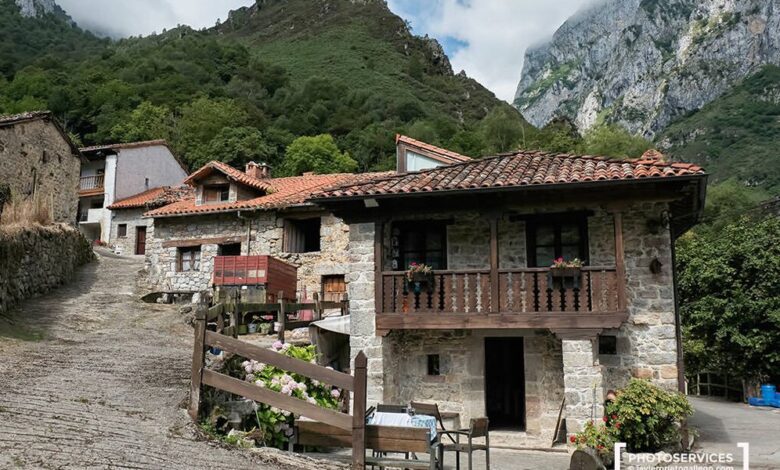
Amidst the peaks of the Picos de Europa, far from the bustle of modern cities, lies a place where time seems to stand still. This is San Esteban de Cuñaba, a tiny Asturian village reached by a narrow, winding road climbing up from the La Hermida gorge. The journey here, just over ten kilometers from the town of Panes, is an adventure in itself. The road snakes between sheer cliffs and chestnut groves, preparing visitors for something truly special. Upon arrival, you’re struck with the sense of stepping into a parallel reality, where just a handful of families keep centuries-old traditions alive, defying the pull of oblivion.
A turning point in the fate of this secluded corner came on October 19, 1990. On that day, the Crown Prince of Asturias—now King Felipe VI—presented the villagers with the very first Exemplary Village of Asturias Award. This event forever changed the settlement, which for decades had suffered from depopulation and had barely recovered from the devastating floods of 1983. The award, now given annually to rural communities for their collective achievements, brought not only much-needed resources but also hope. It became the catalyst for a true revival.
After receiving recognition, the residents found new strength to restore their home. They renovated the streets and buildings, planted new forests, and revived community life. But their greatest achievement was reinforcing the spirit of resistance in the face of rural depopulation. Today, decades later, the village has preserved its pristine essence. Stone houses with carved wooden balconies and the quiet broken only by the chime of cowbells and the whisper of the wind create a unique atmosphere of authentic, untouched Asturias.
One of the community’s dearest symbols is an old chestnut tree, planted at the end of the 16th century. In 1994, this giant tree fell, but the locals preserved its trunk as a tribute to generations who grew up in its shade. This story is the perfect metaphor for the village itself: wounded by time, yet unbroken. Paved streets and galleries spread out around this natural monument, recalling ancient ways of life. Today, San Esteban de Cuñaba also attracts hiking enthusiasts. Marked trails, like the Shepherd’s Path (PR AS-208), start here, along with routes to the nearby villages of Osueño and Tresviso. From the viewpoint, you get one of the most breathtaking views of eastern Asturias: the Andara massif rises to the south, the Sierra del Cuera looms to the north, and between them, shrouded in mist, unfolds this rural wonder.
Despite its tiny size, San Esteban de Cuñaba remains a source of pride for the entire region. Its natural scenery, story of resilience, and untouched tranquility make it a destination that stays with travelers long after their visit. In an era of constant acceleration, this small village proves that there are still places where the past continues to breathe—quietly and confidently, among majestic mountains. It can be reached from both Llanes and Unquera via the N-621, following the signs for Cuñaba. From Gijón and Oviedo, the most direct route is along the A-8 motorway, with the drive to Panes taking about an hour and a half. The journey from Santander via the same A-8 is shorter—just over an hour. Those departing from Madrid face a longer trip along the A-67 and A-8, taking about five hours before arriving in the green heart of Picos de Europa.






